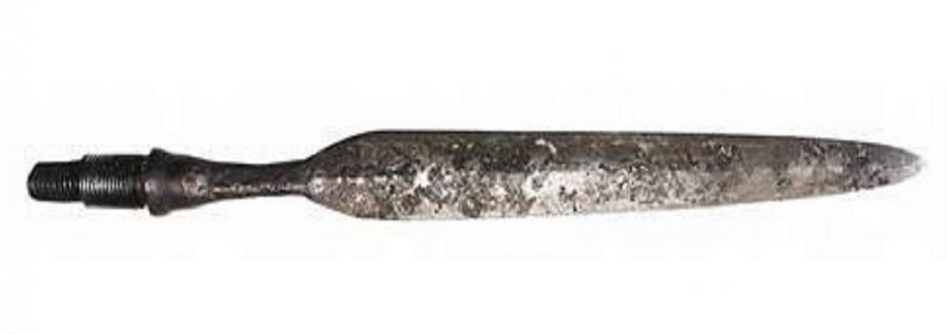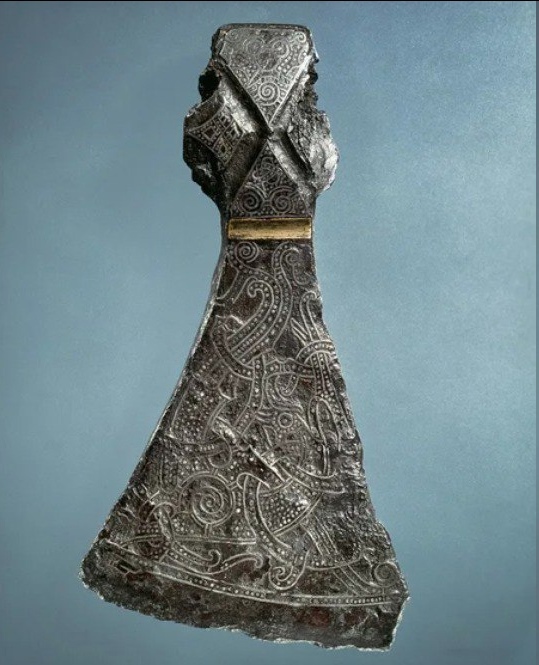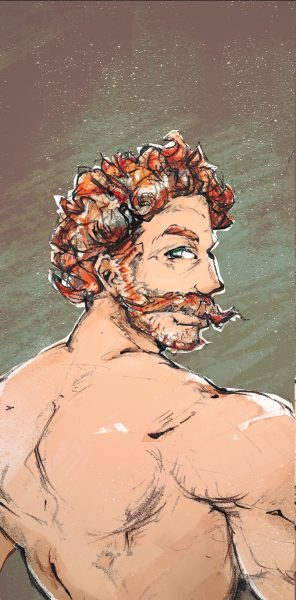There is little content today because we have been very busy sleeping and eating all day. Now there will be a fairly large post, and a small preface to it (you can skip it, I will note). We will talk in general about the drawing of the dragariyka that I threw.
==BEGINNING OF A BAD TEXT==
As you know, modern historical science is skeptical about the events that took place in the territories of Orova before the third millennium BC. The explanation of the phenomenon is simple: all the sources that testify to this period are almost exclusively Glinnar. There is also Kharassukhum documentation, but since the local dwarves mostly sat in their mountains all this time, they can tell us little about what happened outside the southern part of the Kharas ridge.
It is customary to be wary of Glinnar documents, not because the elves are fond of lying, but rather because they are very fond of relying on their memory. It has repeatedly happened that Alvian historians testified to events that took place hundreds of years before they finally decided to write them down, and it is difficult to say in the end how much the information was distorted by the peculiarities of their perception and the long restructuring of memories.
That is why I want to warn all those who are not familiar with these legends: take them carefully, at your own peril and risk. Of course, there is a historical background in them, but how much myth is here, and how many facts, it is difficult to say.
==END==
So, many of you must know the name of Fodallein Goraetvi, a semi-legendary master of antiquity. He came from the ruling Glinnar South Digitan dynasty and, being the eldest son in the family, founded the so-called. The First Kind is a very respected house of Glinnar, which has not been interrupted to this day. He did a lot of great and small, good and not so good things, but this is not about him, but about his wife.
According to Alvian (and some hints of this are given in Dverzhian) sources, her real name was Ynokhtkhasha (Romanization Onâhţhaşa, Glinnar adaptation Inoytta — Inoitha), and she was a Dragari. But, having met Fodallein, she fell in love with him so much that through a series of multiple transformations of her body, she brought him closer to a completely humanoid one. This, in fact, is quite probable - as is known, dragars, within certain limits, can change their morphology and even genotype. In those days, of course, science (magical and physical) was not yet developed enough to quickly and painlessly turn dragars into almost-humans, as it is now, but ... In short, it could well be, here. They also say that Ynokhtkhasha and Fodallein could even have children - this raises a little more serious doubts in me, but let's omit it.
Ynokhtkhashi also had an Alvian nickname - Ifensea (Aiphensea), "blue-eyed". You already know where I'm going, right? In that drawing, this was literally the only painted part, and experts confirmed that some stylistic features, such as the pose, turn of the head, and the shape of the tail, indicate that this is a drawing of this very Dragariyka.
Her fate was unenviable: not recognizing her on the battlefield, her husband stabbed her with a sword along with their unborn child. And realizing what he had done, he completely went mad and fought until he fell, putting down several dozen enemies.
And finally, the last two stanzas from one of the songs composed in honor of Ifensea.
In the halls of the forest under the rays of the moon
Inoytta sings softly.
Forgotten dreams flicker in the grass,
The sound slowly freezes into ice.
Ages flew around, hid in the shadows,
Disappeared in the plexus of rivers;
Inoytta is spinning on the Volg stones,
She stayed there forever
She stayed there forever.






